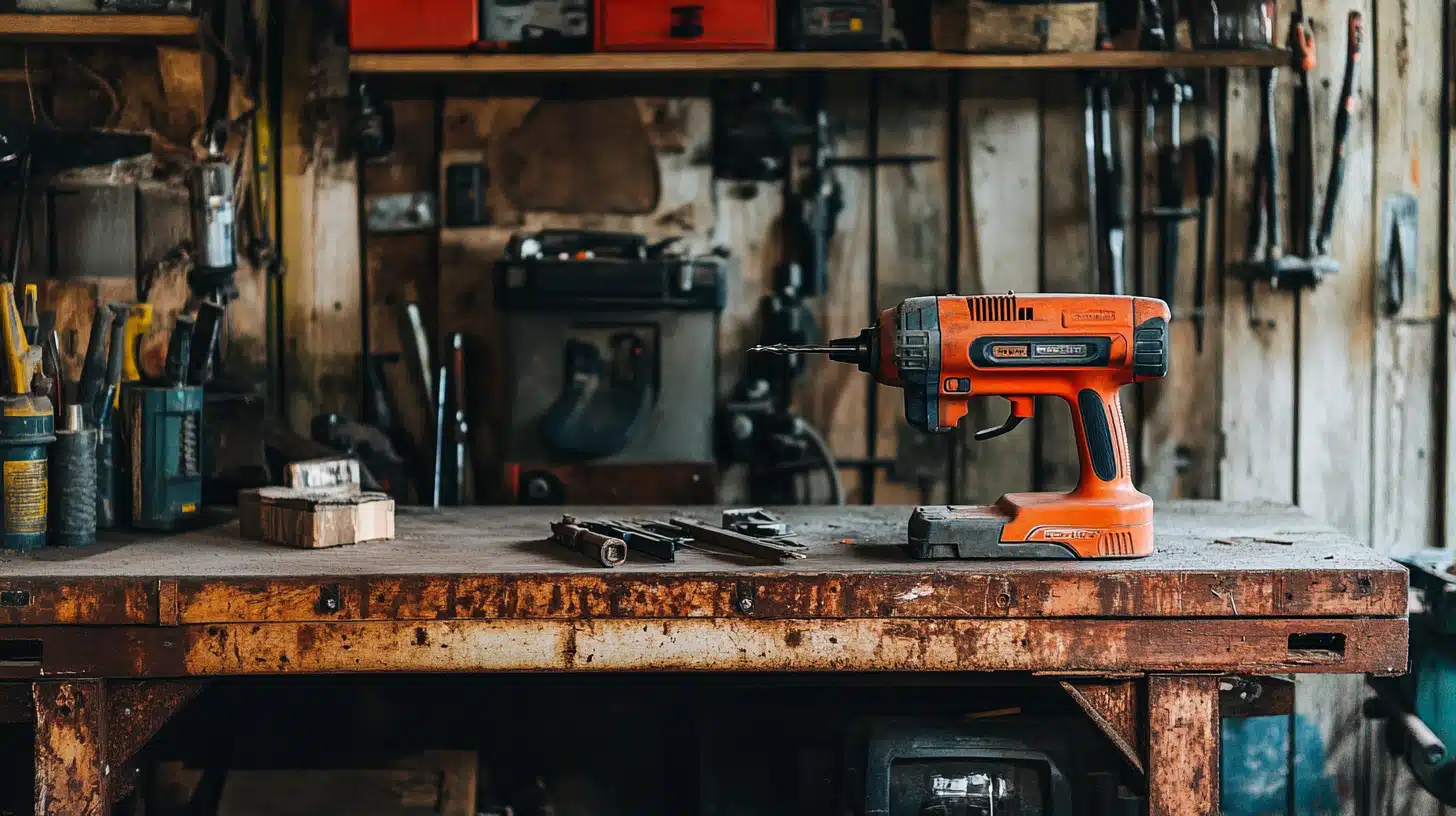Power tools are essential for DIY enthusiasts and professionals alike, helping you tackle various tasks easily.
However, even the most reliable tools can run into issues over time, whether a sudden drop in power, a malfunctioning motor, or an accessory that’s not working as it should; knowing how to diagnose and address these problems is crucial.
If you’re using RYOBI power tools, you’re in luck—RYOBI Support Australia is here to help.
But before diving into specific solutions, let’s explore common power tool problems and general troubleshooting tips.
Common Power Tool Problems
1. Power Loss: What Causes It?
One of the most common issues users face is power loss. You might find that your tool suddenly stops working, fails to start, or intermittently loses power during use. Several factors can cause this:
- Faulty Power Source: Sometimes, the issue isn’t with the tool but the power source. If you’re using a corded tool, ensure the outlet functions correctly by testing it with another device. A worn-out or improperly charged battery could be the culprit for battery-operated tools.
- Damaged Power Cord: A damaged or frayed power cord can cause power interruptions for corded tools. Inspect the cord for any visible signs of wear and tear. If the cord is damaged, it must be replaced immediately to avoid potential electrical hazards.
- Internal Electrical Issues: Sometimes, the issue may be internal, such as a problem with the tool’s wiring or motor. These issues typically require professional diagnosis and repair.
2. Overheating: A Sign of Overload
Overheating is another frequent problem, particularly with heavy-duty tools used for extended periods.
If your tool becomes too hot to touch, emits a burning smell, or even starts to smoke, it’s crucial to stop using it immediately. Overheating can be caused by:
- Prolonged Use: Continuous use without breaks can cause the motor to overheat. It’s essential to allow your tool to cool down during long tasks.
- Blocked Vents: Many power tools have vents to allow heat to escape. The tool can overheat if these vents become blocked by dust, debris, or other materials. Regularly clean the vents to ensure proper airflow.
- Internal Malfunctions: Overheating can also indicate a more severe internal problem, such as a failing motor. If your tool frequently overheats, it may require professional inspection and repair.
3. Unusual Noises: When to Worry
Any unusual noises from your power tool, such as grinding, squealing, or rattling, are generally cause for concern. These noises can indicate a range of problems, including:
- Worn-Out Bearings: Bearings help the moving parts of your tool operate smoothly. When bearings wear out, they can cause grinding or squealing noises. Replacing the bearings can often resolve this issue.
- Debris in the Tool: Sometimes, debris can get lodged inside the tool, leading to unusual sounds. Cleaning the tool may help eliminate the noise.
- Loose or Damaged Parts: If a part of the tool becomes loose or damaged, it can rattle or vibrate excessively. Tightening or replacing the affected part can often fix the problem.
4. Poor Performance: When Your Tool Just Isn’t Cutting It
Another common issue is poor performance. You might notice that your tool isn’t cutting, drilling, or sanding as efficiently as it used to.
This can manifest in several ways, such as slower operation, reduced power, or a lack of precision. Causes of poor performance include:
- Dull Blades or Bits: Blades and bits naturally wear down over time, leading to reduced performance. Regularly sharpening or replacing these components can keep your tool at peak efficiency.
- Battery Issues: A weak or dying battery can significantly impact cordless tool performance. If your tool isn’t holding a charge as long as it used to, it might be time to replace the battery.
- General Wear and Tear: Over time, your tool’s internal components can wear down, leading to a gradual decline in performance. Regular maintenance and timely repairs can extend the lifespan of your tool.
General Troubleshooting Tips
Before you rush to a service center or start thinking about replacing your tool, you can take several troubleshooting steps to resolve the issue yourself.
1. Check the Power Source
This may seem obvious, but it’s an essential first step. Ensure your tool is properly plugged in, and the outlet functions correctly.
For cordless tools, verify that the battery is fully charged and seated correctly in the tool. Test the tool with a different battery or power source to rule out any issues.
2. Inspect for Visible Damage
Take a few minutes to inspect your tool visually. Look for any signs of damage, such as cracks in the housing, loose parts, or frayed cords.
Addressing visible issues early on can prevent more serious problems down the line.
3. Clean the Tool
Dirt, dust, and debris can accumulate inside your tool over time, leading to performance issues.
Compressed air blows out dust, especially around vents and moving parts.
If your tool has any removable components, clean them thoroughly as well.
Regular cleaning is a simple yet effective way to keep your tools in order.
4. Refer to the Manual
Your tool’s manual is a valuable resource. It often includes a troubleshooting section that provides solutions to common problems.
If you’ve misplaced the manual, many manufacturers, including RYOBI, offer online versions on their support websites.
When to Seek Professional Help
While many minor issues can be resolved with basic troubleshooting, some problems require professional attention.
If you’ve tried the steps above and your tool is still not working correctly, or if the problem seems serious (such as significant internal damage or electrical issues), it’s time to seek help from a professional.
Using a malfunctioning tool can lead to further damage, reduce the tool’s lifespan, and even pose safety risks.
If you are unsure about the best course of action, don’t hesitate to contact a professional.
How RYOBI Support Australia Can Help
RYOBI Support Australia offers comprehensive assistance for power tool owners.
Whether you need advice on troubleshooting, warranty information, or repairs, they provide a range of support options.
1. Online Resources
RYOBI’s support website offers many resources, including user manuals, FAQs, and how-to guides.
These can help you address many common issues without contacting customer service.
2. Warranty and Repairs
If your tool is under warranty, RYOBI can help you determine the next steps, whether it’s a repair or replacement.
Even if your warranty has expired, they can guide you on the best course of action for repairs.
3. Customer Support
If you cannot resolve your tool’s issues on your own, RYOBI’s customer support team is available to assist.
They can provide tailored advice or direct you to an authorized service center.
Conclusion
Experiencing issues with your power tools can be frustrating, but with the right knowledge and resources, you can often resolve these problems quickly and efficiently.
By understanding common issues like power loss, overheating, unusual noises, and poor performance, you can take proactive steps to maintain your tools and keep them in optimal working condition.
RYOBI Support Australia is there to assist you every step of the way, offering a wealth of resources and professional services to help you get back on track.
Whether you’re a DIY enthusiast or a professional tradesperson, having reliable support can make all the difference in keeping your tools—and your projects—running smoothly.








